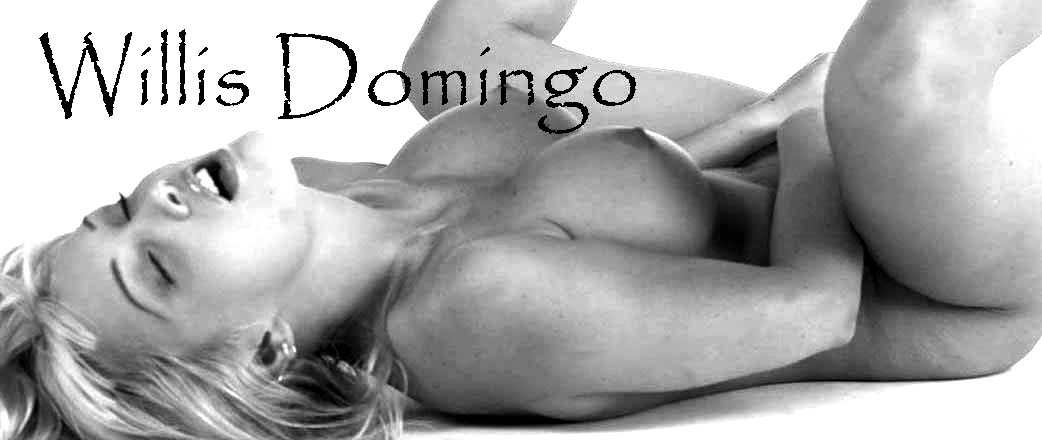|
Boyer d'Argens (Attributed to): Thérèse philosophe (J'ai Lu, Paris, 2000); Critical edition. Thérèse philosophe is a true work of pornography. It contains sexual scenes that are meant to excite or shock the reader. It also inaugurates or continues themes common to 18th century pornographic literature: the sexual education of a young girl, flagellation, and inspection of the narrator’s private parts. Yet Thérèse philosophe also contains several arguments that favor the philosophical doctrine of materialism and criticize Xianity. These arguments are presented for a serious literary purpose, such as lead many to believe that the book was actually written by Diderot (Cf. Pierre Saint-Amond, pp. 1294 ff). Philosophical asides like these do not appear in Fanny Hill, for example. This particular literary format, the pornographic/philosophical dialogue, served both to justify pornographic fiction and to provide a forum for ideas that were still radical a century after Spinoza. It is further worth noting that the critical elements of Thérèse philosophe are directed against religious cults and ritual practices like those rampant in Xtianity. It seems to draw a line limiting the free indulgence of sexual desire to what does not harm, physically or socially, other individuals or undermine the social contract (les liens de la société or le bien de tous). The relentless assault on society in the name of nature and sexual desire would have to wait for Sade. The following summary of the arguments to be found in Thérèse philosophe is presented to help us understand how pornography fit into emerging materialist world view of the 18th century. I. Thérèse’s Arguments from Volume 1: 1. The love of pleasure and the flesh is on a level with the love of God. Neither passion is stronger than God. Therefore, the love of pleasure and the flesh is a gift of God. 2. Reason can make me understand the love of pleasure and the flesh but cannot make me decide for or against that pleasure. 3. Freedom is only proportional to the strength or weakness of my passions. Thus I am not really free to kill myself because of my strong aversion to death. Likewise, my freedom to choose for or against the pleasures of the flesh is proportional to the strength of the passion for pleasure in me. 4. Devotion to God is a taste like the taste for wine or the taste for women. 5. Our tastes are determined corporeally by the arrangement of our organs, the disposition of our fibers and a certain movement of our fluids. II. Abbé T’s Arguments from Volume I. 1. In favor of masturbation: Sexual desire is a need that arises from the immutable laws of nature. These laws are the creation of God. Means to satisfy these desires have been given us by God. It is correct to use those means as long as our actions do not disturb the established order of society. To practice sexual intercourse with an unmarried woman (presumably without protection), however, runs the risk of making her pregnant and (in his society) dishonoring her. Thus it violates the law of reason, which is also God’s law to love our neighbor as ourselves. Such an action could ruin the tranquility of a family and disturb the public order. God and nature are the same thing (recalling Spinoza’s famous formulation: Deus sive Natura). 2. Critique of Xtianity. These are not arguments against religion in general but against individual rites or cults and specifically Xtianity. Abbé T professes a more Spinozistic or Newtonian view of religion according to which we use our reason to discover the essence of the universe and of ourselves and act in accordance with what our reason discovers. (a) The Roman religion is professed by only 1/20 part of a quarter of mankind. It is condemned by the rest of humanity as worshipping a man or bread or multiple divinities. (b) The writings of the Fathers of the Church contradict each other and so they could not have been inspired by God. (c) God is supposed to be everywhere but in Genesis he cannot even find Adam when he wants him. (d) God is supposed to not have emotions but he is depicted in the Bible as subject to jealousy, anger etc. (e) God is depicted as so weak in the Bible that his prophets and even his only son cannot cause men to change their ways. (f) God is supposed to be all-powerful but Scripture depicts the devil as a dangerous adversary. In not annihilating the devil God is either powerless or unjust. (g) The Roman religion preaches that we cannot follow the commandments of God without God’s grace. But we are punished by God for disobeying those commandments. That is, we are punished by God when, through no fault of our own, we are not given his grace. (h) The Roman religion preaches that we could be damned for all eternity for eating chicken soup instead of pickled herring. (i) Vengeance is supposed to be a sin yet God is described in Scripture as vengeful. (j) Even if there is a God, he need not be worshipped by a religious cult. (k) God would be condemned by human notions of justice for his actions against his son, against Adam, against those who never heard God’s word and against unbaptized infants. (l) According to the Roman religion, virginity is laudable. Pursued to its logical conclusion, this view would lead to the extinction of the human race. (m) It is madness to believe that God created us to make us unhappy, namely to abstain from the very desires he placed in us. (n) Each religion has its own martyrs and so-called miracles. Why should any one of these be more valid than the others? (o) Religions were born of fear. People sought help in some imaginary higher power to protect them from natural desires. In the course of time talented and unscrupulous men invented Gods and proclaimed themselves the spokesmen for these Gods as a way of acquiring and consolidating political power. These religions promised a future happiness in exchange for present sacrifice. Thérèse philosophe falls broadly within the category of materialist cum libertine literature which was practically a literary sub-culture on 18th century France. In fact, Thérèse philosophe may have been one of the first of these writings although pure pornography without a specific philosophical message had been a part of modern European literature at least since Aretino and, later, Rochester. The ideas in general currency descended from Gassendi as liberally adapted from Bayle’s Dictionary. Like his compatriots, Boyer d’Argens argues that there is no mind or soul. If anything corresponds to what we call mind it is simply a part of the material physical world. He does stake out his own position regarding nature. Namely, if nature is construed as the source of human appetites and desires, which are antithetical to God and God’s law, then there is no such thing as nature. Indeed human needs and wants including sexual desire are placed in us by God and for that reason they may be indulged as long as their pursuit does not harm the general good. Nature is not an all-devouring force as it is in Sade. We find repeated several times in Boyer d’Argens’ book that the good of society and the well being of other people within their society sets a firm limit to the indulgence of our natural appetites. This view is highly Spinozistic and is even argued in a Spinozistic manner: We conclude that the social good sets limits on our desires by means of reason; reason is in fact a part of the structure of the universe and constitutes the essence of man. No doubt, the unfestive Spinoza, who disapproved of dancing in public and monarchs attending the theatre, would have been horrified to find that this is where his ethics would lead. But Boyer d’Argens’ conclusions are inevitable if we (1) grant that indulgence of sexual desire within certain limits does not harm the social order, and (2) eliminate the difference in kind between the pleasures of the senses and the pleasures of the intellect or reason. Spinoza in fact set the stage for the pornographers by deriving all human emotions and desires from different combinations of pleasure and pain. It is worth noting the stylistic differences between volumes 1 and 3 of Thérèse philosophe on the one hand and volume 2. Volumes 1 and 3 are on the whole quite reserved in depicting sexual activity and resort to quite a bit of circumlocution. The most explicit sexual scene involving Éradice and Père Dirrag is included for the purpose of publicizing a real-life scandal concerning miracles, stigmata and sexual abuse that occurred in the Jansenist community. It illustrates what the author considers to be unacceptable sexual activity. Volume 2 and the history of Madame Bois-Laurier are quite different. There the tone of voice is definitely gaillard and its Clelandish burlesques defiantly overstep the limits of what the author of volumes 1 and 3 would have considered socially responsible sexuality. The clandestine publishers of the work may have inserted volume 2, which was probably written by a different hand, in order to spice up what might have otherwise been an excessively sober treatment of sexual freedom. |
Willis Domingo

There are naked women and big words inside. If you are under the age of 18, you do not belong here and should leave immediately by clicking here to exit. If you are an adult and do not wish to see erotic images of any kind or if you are simply stupid, click here to exit.

